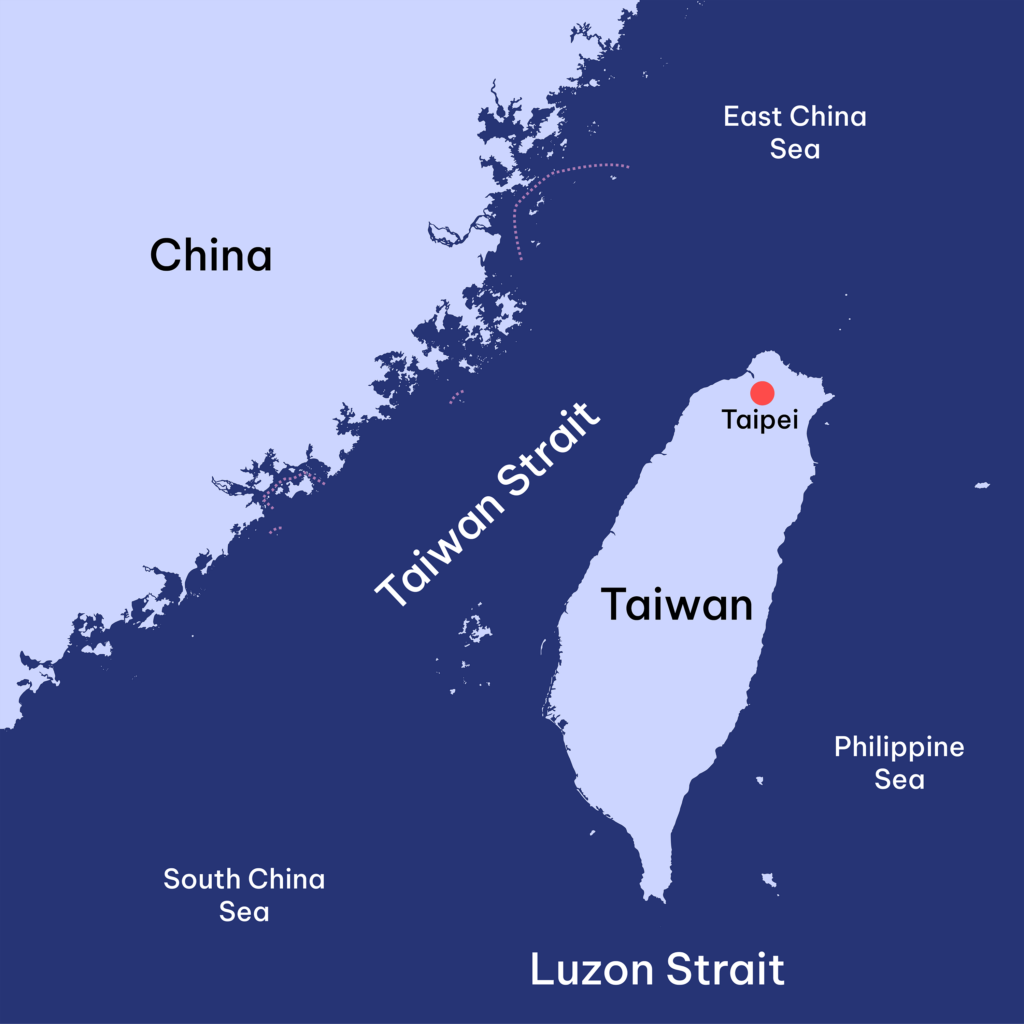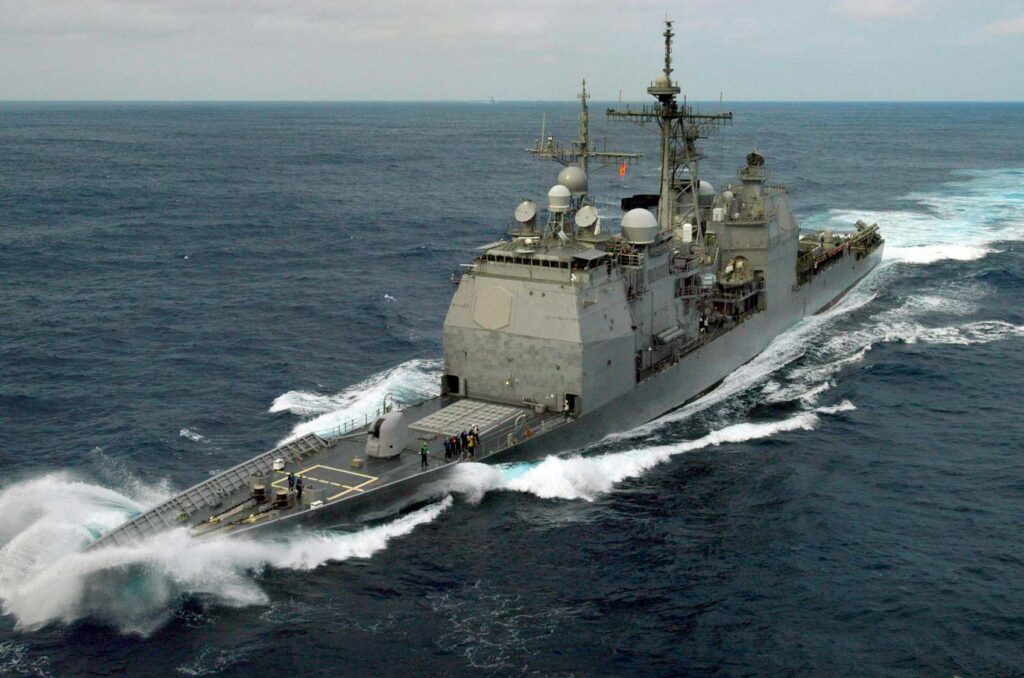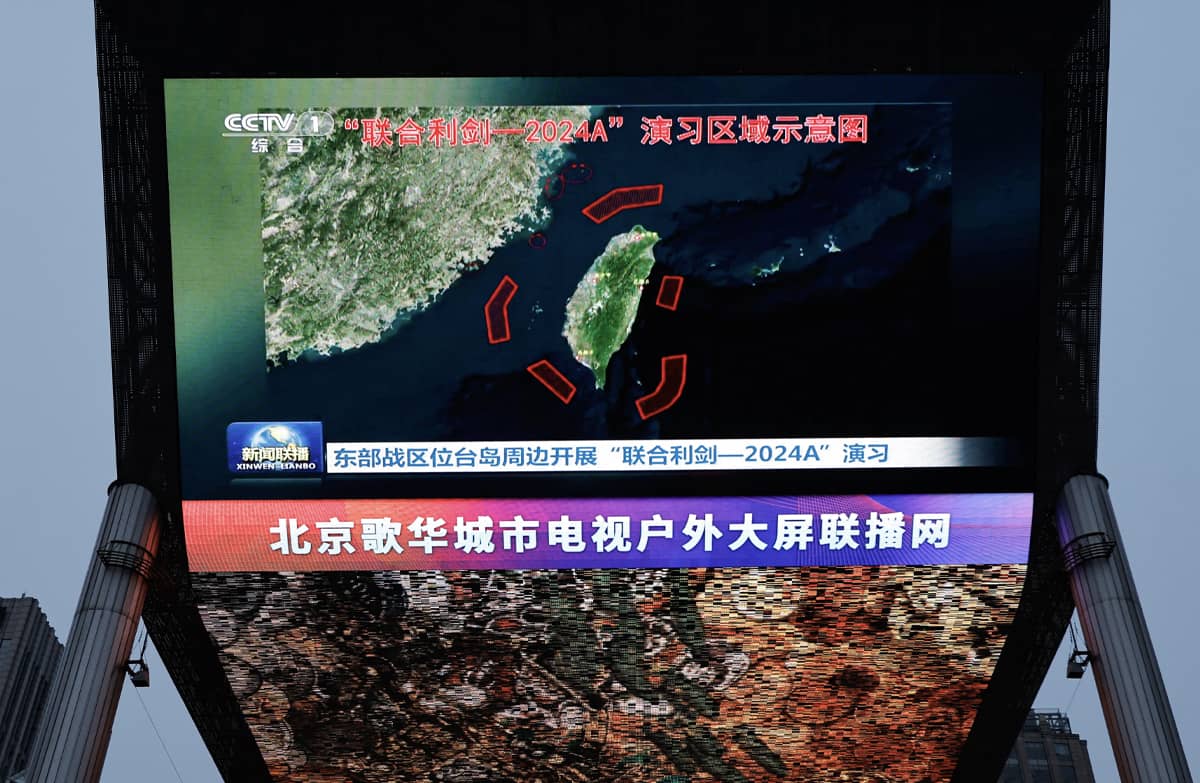China is steadily increasing coercive measures against Taiwan, but they remain to date below the threshold of military conflict. What is the point at which China’s coercion transitions to the use-of-military force consistent with war? Essentially, when does coercion end and conflict begin? Making that determination will be critical to United States responses. Enhancing understanding of that transition will speed decision-making and increase the probability that the US and Taiwan would prevail in a conflict across the Taiwan Strait.
China’s Escalation of Coercive Actions Against Taiwan
In August 2022, when Speaker of the House Nancy Pelosi visited Taiwan, the People’s Liberation Army (PLA) military operations directed at Taiwan dramatically increased. The PLA announced military exercises and published notices to airmen and mariners demarcating exercise areas surrounding Taiwan, launched ballistic missiles, and conducted air and surface operations around Taiwan with the purpose of exercising “joint blockade, sea target assault, strike on ground targets, and airspace control operations” in “encirclement missions” that “will not stop until unification.” Record numbers of PLA aircraft flew missions near Taiwan, including across the centerline of the Taiwan Strait. PLA aircraft continue to fly across the Taiwan Strait centerline on an almost daily basis.
Similarly, in February 2024, Beijing challenged Taiwan’s sovereignty and jurisdiction over Kinmen Island. Chinese coast guard vessels entered restricted areas following an accident that resulted in the death of two Chinese fishermen in a small, unregistered skiff. The coast guard and PLA navy vessels have continued to operate inside Taiwan’s declared prohibited and restricted waters around Kinmen, once again changing the status quo through military operations intended to coerce Taiwan.
Escalating military coercion is a central feature of Beijing’s strategy to pressure what it calls Taiwan separatists and prevent their moves towards independence. Other coercive activities include diplomatic, informational, and economic actions, often referred to as grey zone coercion. The PLA military operations thus far have remained below the threshold of war, and are intended to bolster the credibility of Beijing’s threats to use force to compel unification. They are carefully calibrated to apply pressure, but not to initiate a conflict.
Should Beijing decide to compel unification through force, its military actions would move along a continuum of escalation and be coordinated with activities in other domains. Military operations along this continuum would likely include a declared and enforced blockade, island seizure, fire strikes, and ultimately an invasion if Taiwan does not capitulate. They would be reinforced by expanded political warfare and cyber activities, effectively extending current grey zone coercion into the physical battle space. This coordinated deployment of military and political actions is called hybrid warfare or in China the “three warfares” (public opinion warfare, psychological warfare, and legal warfare).
Is There an International Law Answer?
International law does not provide clarity. Beijing’s distorted reading of UN Security Council Resolution 2758 of 1971 (which recognizes the PRC as China’s representative) and its assertion that Taiwan is a domestic rather international affair, anchor its lawfare strategy. China denies that international law applies in the case of Taiwan. China’s military pressure and the possible use-of-force against Taiwan are clearly inconsistent with the principles and purposes of the United Nations. But Taiwan’s lack of diplomatic recognition and membership in the United Nations complicates its case.
American legal experts have inferred that the scale, scope, and persistence of China’s military operations around Taiwan, particularly operations that cross the Taiwan Strait center-line and the right of overflight in international airspace, have exceeded past norms and “raised the possibility that these actions constitute an impermissible threat to use force against Taiwan.” This does not clarify whether a Taiwan conflict is an internal or international issue, however.
How China conducts a blockade or quarantine could trigger international law, particularly if it seeks to enforce one beyond 12 miles from its coasts. The 1856 Paris Declaration Respecting Maritime Law, and the 1994 San Remo Manual provide a legal basis for determining when a blockade is in breach of international law, effectively internationalizing the conflict, regardless of China’s political and legal arguments. In the event of a quarantine or blockade, China would likely assert that Taiwan is a part of China and that international law is irrelevant, just as it ignored the 2016 arbitral tribunal ruling rejecting its South China Sea claims.
In the event of a conflict in the Taiwan Straits, Beijing has every incentive to deny that the law of armed conflict applies and obfuscate that its actions constitute the use-of-force or an act-of-war. Beijing’s objective is to make its adversaries believe that the situation remains below the threshold of war, prolonging the perception that grey zone coercion is ongoing.

The Natural Tension Between Diplomatic and Military Responses
Prior to any outbreak of armed conflict across the Taiwan Strait, there would be intense deliberation at the highest levels of the US government about China’s intentions and how to respond. The US will undoubtedly seek to avoid conflict by deploying all of its available tools – diplomatic, informational, military, and economic. But US diplomatic and military interests could potentially work at cross purposes during this transitional period from grey zone to military conflict. Diplomats will engage with Beijing to avoid war, seeking so-called off-ramps and pathways to dissuade Beijing from using force. Defense officials and uniformed officers will offer military options to deter, while simultaneously seeking to mobilize and manoeuvre forces to be in a position to actively respond with force once they are called upon.
Military leaders will need to rapidly flow forces to the theater, overcoming what they call the tyranny of time and distance in order to be ready to fight with sufficient forces to prevail. But diplomatic negotiators will resist military moves that could contribute to escalation and undermine prospects for a negotiated outcome.
Beijing will likely use diplomatic negotiations as a means to delay US decision-making and slow military preparations that they would frame as provocative. Vladimir Putin demonstrated the effectiveness of using diplomatic negotiations with French President Emmanuel Macron as a means to confound Ukraine and its European partners prior to the invasion of Ukraine. Beijing will undoubtedly engage US interlocutors as they prepare to blockade or invade Taiwan, using the talks to confuse or delay US decision-makers. Washington’s self-perceived need to use restraint prior to armed conflict in the hope of reaching a negotiated solution is unlikely to gain reciprocal restraint by Beijing and would only delay US military preparations, reducing the prospects for military success.
Determining the point at which China has decided to use force – the start of the war – is ultimately a political decision made by the President. The speed at which that decision is made will be critical for US forces should they be called upon to defend Taiwan.

What is to be Done?
There are several things Washington and Taipei can do together and separately to increase clarity and speed decision-making in advance of a conflict.
Taipei should clarify to Washington how it interprets war indications and warnings and how it would respond to conflict scenarios, enabling Washington to better appreciate Taipei’s threat assessments. Specifically, the Tawanese should share with US counterparts the defensive actions Taiwan is prepared to take as tensions escalate, such as changes to Taiwan’s defense readiness condition scale, and the Chinese actions that would trigger further Taiwanese defensive actions such as laying sea mines in its own territorial waters or mobilizing reserves.
Washington should share its lessons from other recent conflicts such as Ukraine and explain its views on negotiations, restraint, escalation management, and its responses to hybrid warfare challenges. Washington can help Taipei better understand the restraints it operates under, including third-party dynamics involving US allies on the periphery of the conflict.
Jointly, Washington and Taipei should deepen common understanding of the nature of China’s military coercion and grey zone activities against Taiwan. Particular focus should be placed on how China’s grey zone activities support the escalating use of military force in the transition from peacetime to wartime. This should include assessing how China might use hybrid warfare as part of its continuum of military force. Bilateral dialogues and shared intelligence assessments can improve collective understanding of the phases of coercion and conflict, including predicting how China would negotiate and respond to defensive preparations, informing how Beijing’s actions are interpreted. Including diplomats and warfighters is crucial, particularly in dynamic discussions such as tabletop exercises and simulations.
Grey zone coercion often does not work. China’s effort to coerce Taiwan with daily military operations combined with economic and diplomatic coercion is not bringing China any closer to its political goal of peaceful unification. If Beijing decides that unification with Taiwan is a political necessity in the near term, its only reliable means is the use-of-force.
Quickly recognizing that Beijing has made that choice and is committed to using military means to force unification is critical to a timely, decisive US response. Increasing shared understanding about China’s grey zone coercion, hybrid warfare and the tipping point away from the restraints of the grey zone will speed decision-making and military responses, ensuring that the status quo is preserved and that Taiwan continues to thrive and prosper with its autonomy secured.



